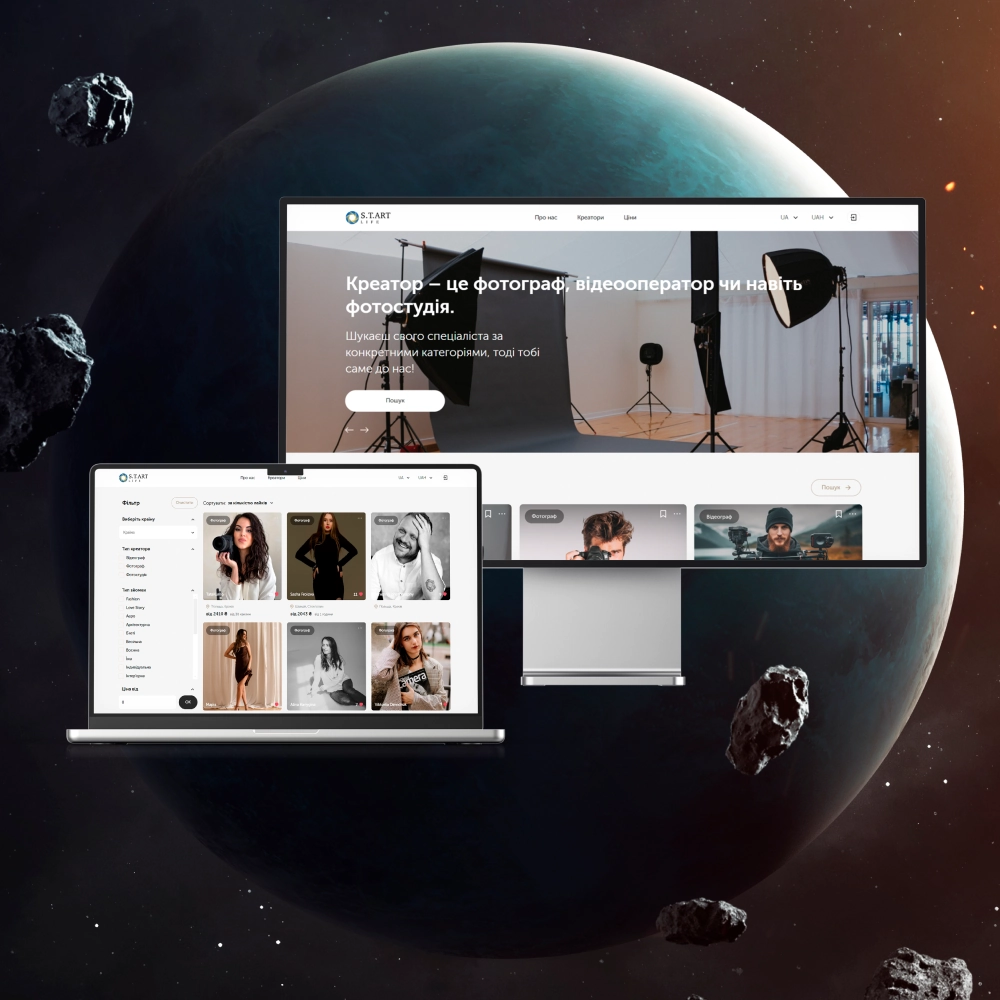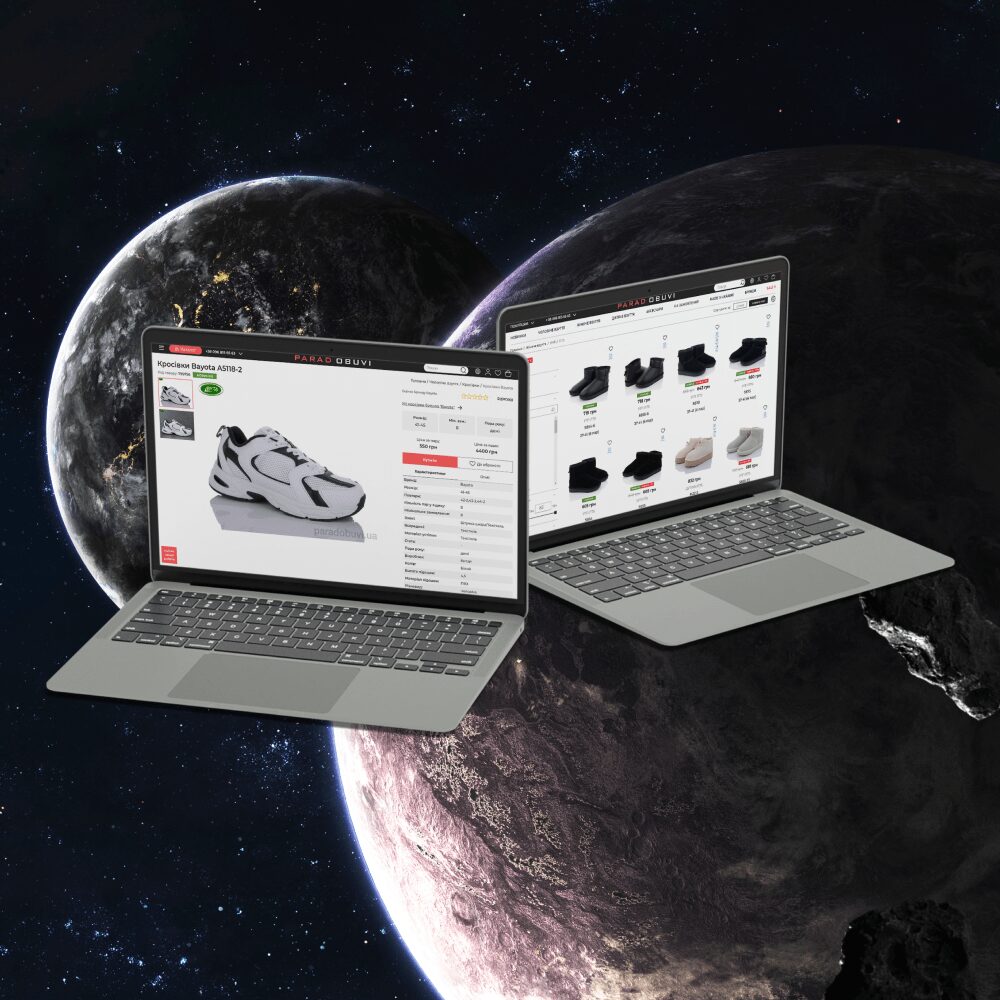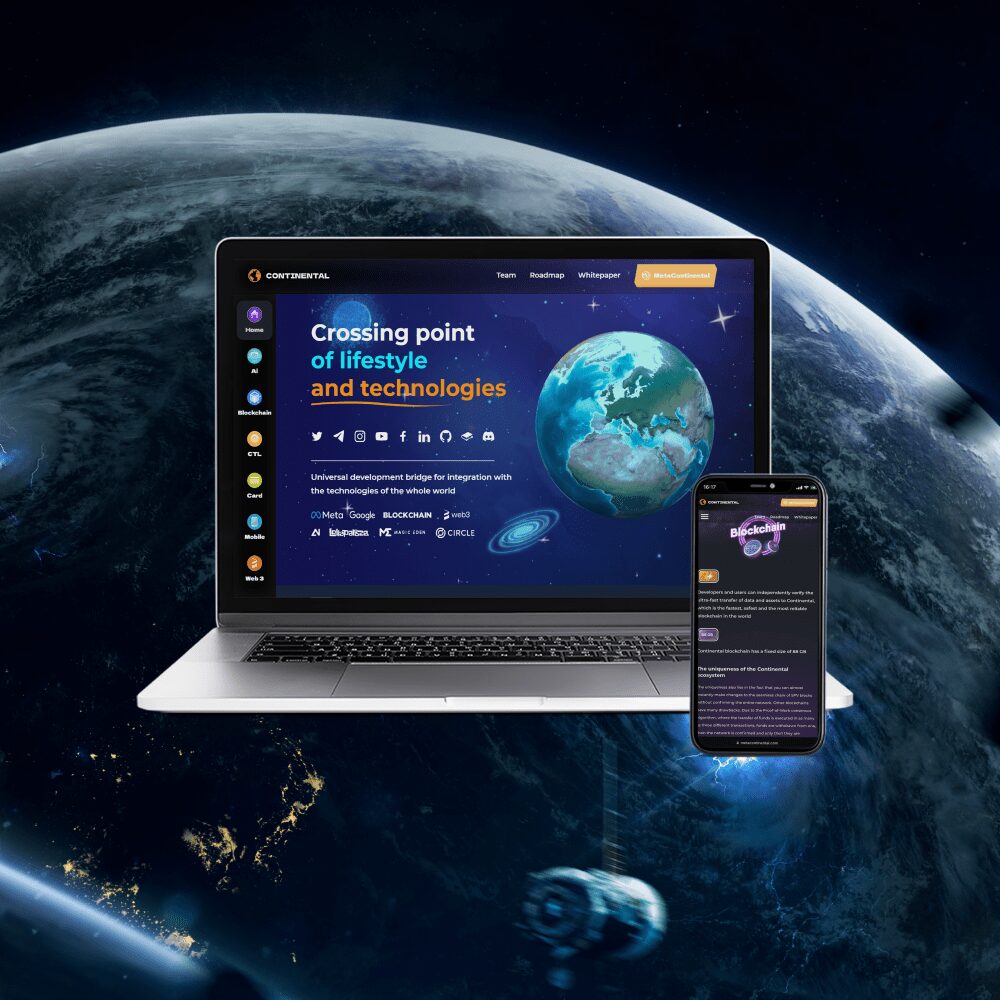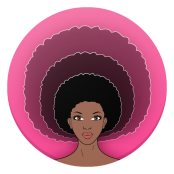Flutter vs. React
React Native or Flutter
Different views and different powerful functionality for solving the same problemsReact Native or Flutter Different views and different powerful functionality for solving the same problems
Cross-platform frameworks make it possible to launch projects faster and save significant budgets when creating mobile applications. This makes them attractive not only for businesses, but also for the developers themselves. There are two of the most popular cross-platform frameworks today – React Native and Flutter.
Each of them offers different views and different powerful functionality for solving the same problems. But which of these tools should you choose for your project, and what will it bring?
To answer this question, let’s take a look under the hood of React and Flutter and compare their advantages and disadvantages.

Cross-platform mobile framework
what is it and why is it needed?Cross-platform mobile framework what is it and why is it needed?
A cross-platform framework is a tool that generates universal code that runs on different operating systems, such as IOS and Android. It is beneficial to use them for several reasons:
- Fast time to market.
The application is created for several platforms at once, so the launch speed of a cross-platform application is significantly faster than a native one.
- Saving.
Since developers write the same code, rather than separately for each platform, it is cheaper for the business.
- Code reuse.
Using a single codebase gives developers the ability to scale applications faster and release updates for different operating systems.

React Native and Flutter overview
AVADA-MEDIAReact Native and Flutter overview AVADA-MEDIA
Flutter is an open source cross-platform SDK from Google. On it you can create applications for different operating systems: iOS, Android, Linux, Windows, Mac, Google Fuchsia, as well as for web applications.
The framework has a huge number of advantages:
- good documentation;
- developed community;
- high performance;
- open source and free source;
- graphics engine;
- hot reboot;
- tools to speed up production;
- library of widgets for working with graphical interfaces;
- compiles to native code and does not need interpreters.
Flutter is powered by the Dart language, which was developed by Google engineers as an extended version of JavaScript.
React Native is a cross-platform framework from Meta (Facebook) based on the React library for building mobile apps for IOS and Android operating systems.
Strengths of React Native:
- good performance;
- open source;
- Fast Refresh;
- high-quality documentation;
- modular architecture;
- great community.
Comparison of React Native and Flutter
Use casesComparison of React Native and Flutter Use cases
Both frameworks are very popular and have a set of powerful tools for developing applications, so it is quite difficult to choose an unambiguous “winner” from them. Nevertheless, we tried to compare them according to the most important indicators.
Performance
Flutter and React are cross-platform tools, so they will be inferior in performance to native ones by default, for example, when compared to the Swift language, which is native to IOS. Despite this, they show impressive results, so the end user is unlikely to feel any difference.
The main characteristic of application performance is FPS – the number of frames per second. For the human eye to perceive the animation smoothly, the FPS must be at least 60, and React Native copes with this task. However, Flutter’s maximum FPS is even higher – up to 120 frames per second. Therefore, the SDK from Google looks more convincing here.
In addition, Flutter becomes especially useful when you need to develop an application with heavy animation. Plus, it’s better than React Native for CPU-intensive operations.
User interface
Using Flutter, a developer can create a user interface using pre-built widgets, which include buttons, text, cards, animations, touch interactions, and more. It is widgets that describe the appearance of design elements in different configurations and states. For example, if a user clicks on a button, it changes its size, color, etc.
In total, the Flutter library provides two groups of widgets:
- Material Design – mimics the native Android design.
- Cupertino – mimics the native IOS design.
Also importantly, Flutter provides a great-looking application even on legacy devices.
React Native has a set of native components that can be divided into standard ones: button, image, text, etc., as well as specific ones for Android and iOS platforms. In addition, it enables the use of third party libraries.
Due to this, React Native applications look identical to native ones, and are distinguished by smooth animation.
Popularity and use cases
Flutter and React Native are used by a huge number of applications that are used by billions of people every day. We have collected some of the most powerful examples.
Flutter applications:
- Google Ads.
- eBay.
- Alibaba.
- Cryptomaniac.
- The Hole.
React Native apps:
- Meta (Facebook).
- Instagram.
- Pinterest.
- Skype.
- Bloomberg.
The specifics of the project itself can be a decisive factor when choosing Flutter or React Native. Here are some tasks for which these frameworks are suitable, or vice versa – not suitable:
| What needs to be developed | Flutter | React Native |
|---|---|---|
| Rapid prototype | yes | yes |
| MVP application | yes | yes |
| Apps that look good on older devices. | yes | no |
| Large applications with many screens and complex logic. | yes | no |
| Games | no | no |
| Mobile application with web interface | yes | yes |
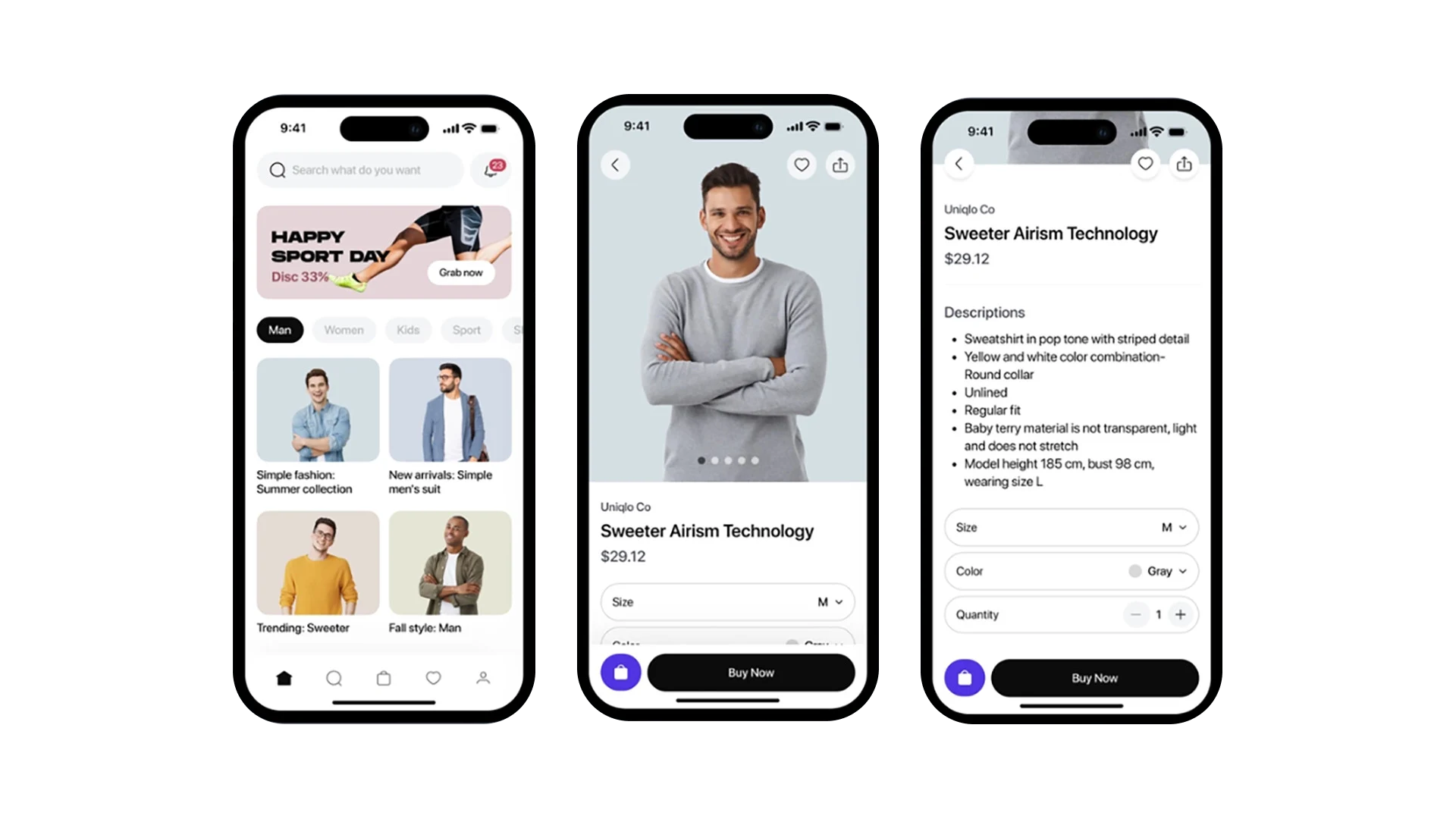
Summary table
FLUTTER VS. REACTSummary table FLUTTER VS. REACT
To summarize, let’s make a comparison table of the Flutter and React Native frameworks.
| Parameter | Flutter | React Native |
|---|---|---|
| Supported by | Meta (Facebook) | |
| Launch year | 2017 year | 2015 year |
| Programming language | Dart | Javascript |
| Cross-platform | there is | there is |
| Open source and free source | yes | yes |
| Good documentation | yes | yes |
| Github forks | 102 thousand | 90 thousand |
| Hot reboot | there is | there is |
AVADA MEDIA uses a modern technology stack to develop projects of varying complexity, and the Flutter and React Native frameworks are some of them.
If you are in doubt about what to choose for your project or you have additional questions, contact us right now.
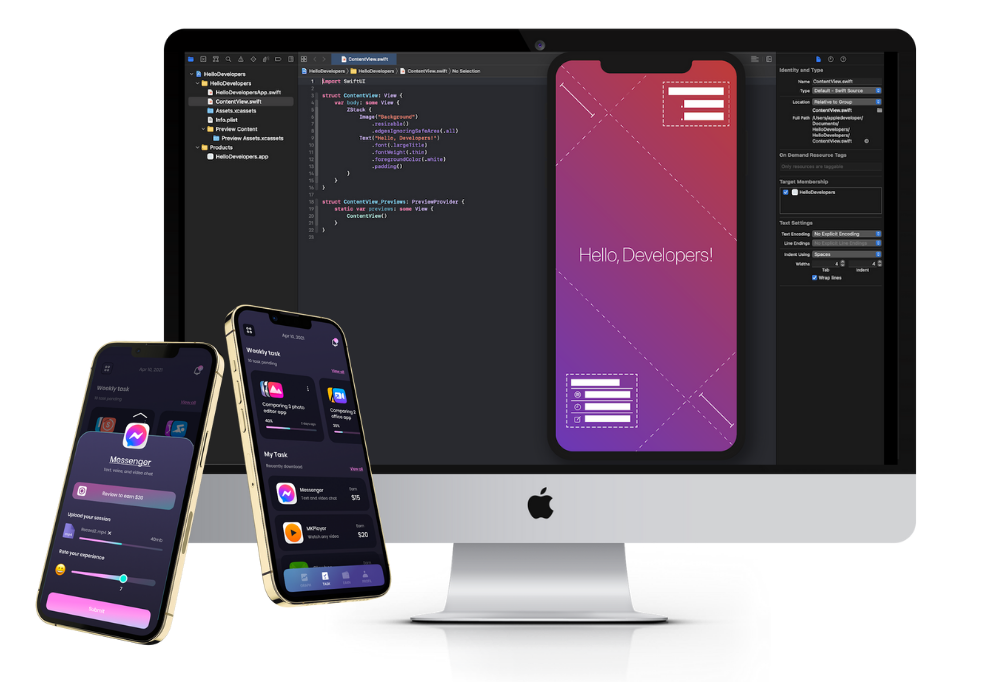
Fresh works
We create space projectsFresh works
The best confirmation of our qualifications and professionalism are the stories of the success of our clients and the differences in their business before and after working with us.
Our clients
What they say about usOur clients What they say about us
Successful projects are created only by the team
Our teamSuccessful projects
are created only by the team Our team
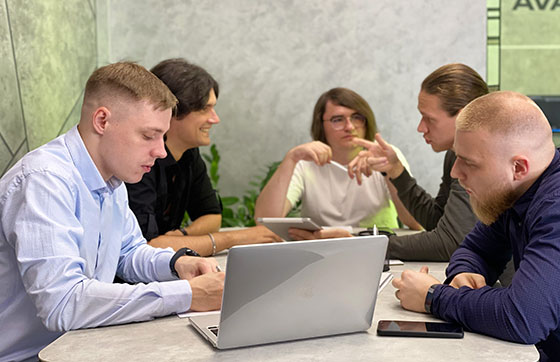

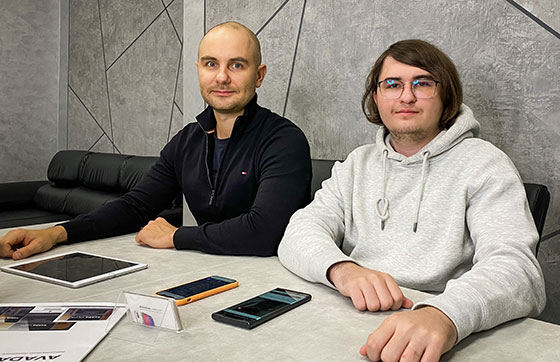
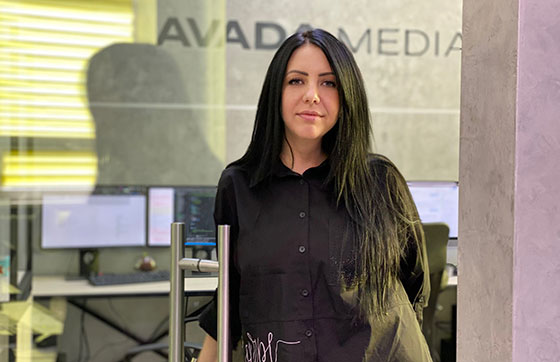
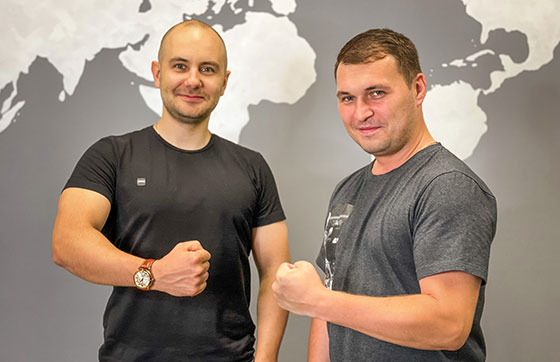







Contact the experts
Have a question?Contact the experts Have a question?
-
Phone:+ 38 (097) 036 29 32
-
E-mail:info@avada-media.com.ua
